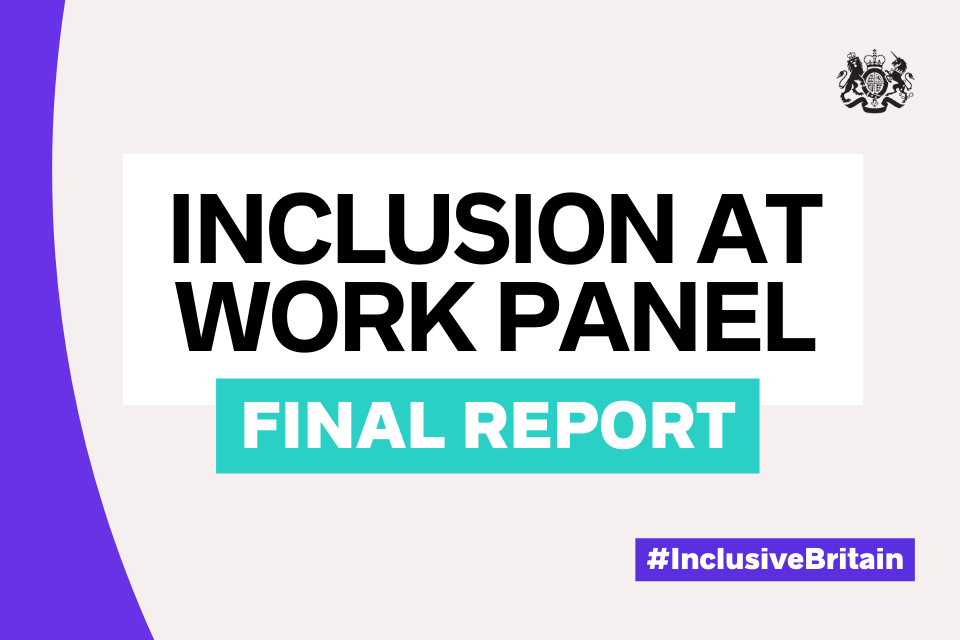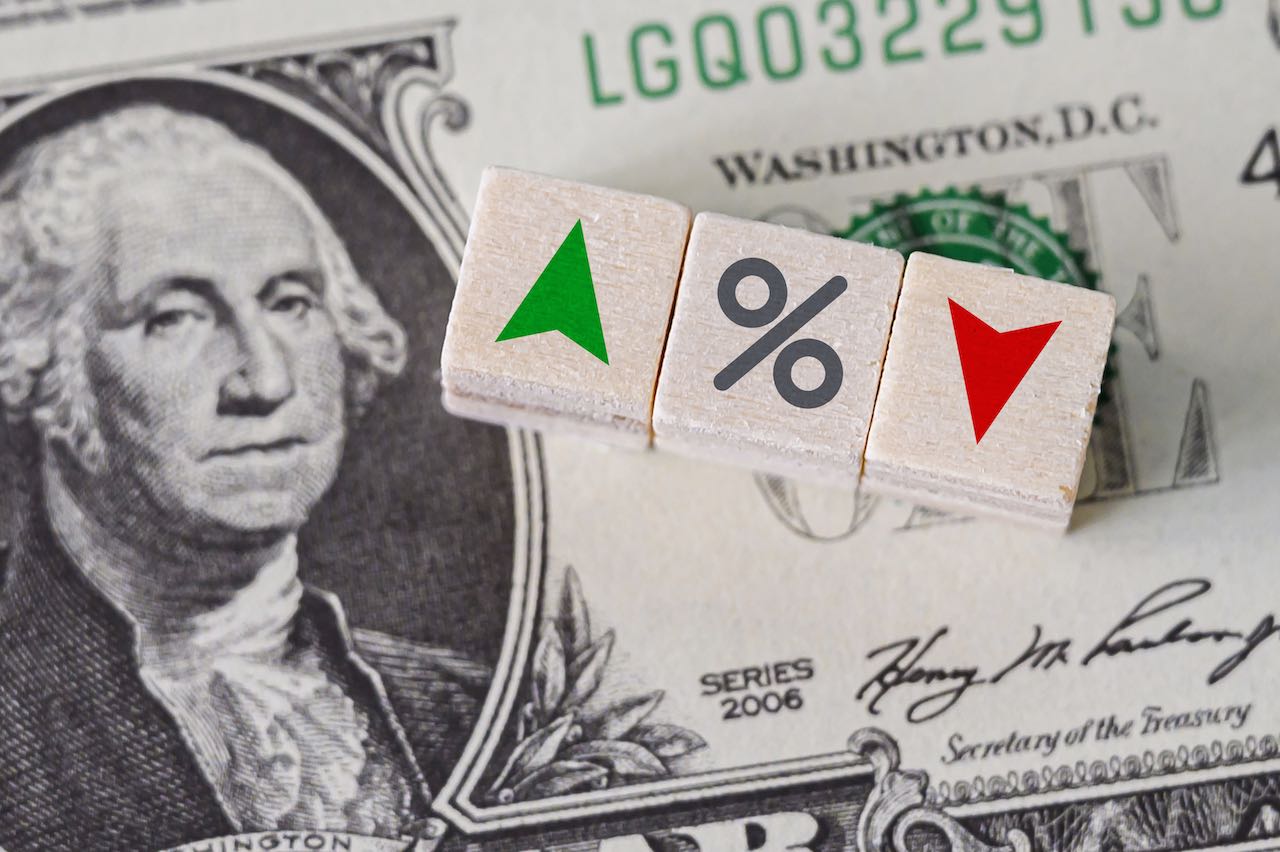The Fed is likely to raise rates by 50 basis points in November from 75 basis points, Mark Dowding, chief investment officer at BlueBay Asset Management, predicts. The US could slip into a mild recession early next year.
Despite news pouring in from the UK, where the government has been forced to reverse some of its tax plans, investor interest has returned to the US. There, a relatively weak US ISM PMI revived hopes that the Federal Reserve may slow the pace of monetary tightening at its November meeting.
We also expect the Federal Reserve to raise interest rates by 50 basis points instead of 75 basis points at its next meeting. However, it depends on the preferred CPI next week. The August inflation data caused some disappointment. However, with gasoline prices falling, there is optimism that the September data will bring better news.
In addition, it seems clear that the Fed is keeping a close eye on financial conditions. Higher interest rates are expected to slow the economy by tightening financial conditions. If these things start to wind down and the US S&P 500 stock index rises again above 4,000 points, that could be one factor that will lead the Fed to decide it needs another 75 basis points increase. However, growth is expected to slow down. A mild recession appears likely early next year.
However, with unemployment likely to rise to only about 4.5 percent, this will not feel stagnant. Although some sectors and some issuers may experience credit deterioration, the overall credit cycle should be relatively benign. The continuing risk is that inflation will continue to frustrate, requiring interest rates to rise to 5% or more.
However, there seems to be some confidence that it will not be the case. At the height of the cycle, interest rates could range between 4.25% and 4.50% in the first quarter of next year. Despite this, early interest rate cuts seem less likely. With that in mind, we believe the 10-year US Treasuries are close to fair value in the range of 3.50 to 3.75 percent.
The relatively benign environment in the United States contrasts with the situation on the other side of the Atlantic. Inflation data may remain problematic in the Eurozone for a few more months. Therefore, it is hard to imagine the European Central Bank (ECB) slowing its stance on monetary tightening as interest rates remain well below neutral levels.
If this means that the European Central Bank is raising interest rates faster than its American counterpart, this may usually be seen as the basis for a trend reversal in the euro. However, with disappointing growth and pressure on the European Central Bank to raise interest rates in a weak economic environment, it is not clear that a major turnaround is imminent.

“Award-winning music trailblazer. Gamer. Lifelong alcohol enthusiast. Thinker. Passionate analyst.”





More Stories
'The Last of Us' series is already celebrated – is it better than 'The Walking Dead'?
US broadcaster justifies Kate's jokes on live show – and receives criticism
Meg Bennett from “General Hospital”: The American soap star has died